
FLAC, Fast Lagrangian Analysis of Continua, is numerical modelling software for advanced geotechnical analysis of soil, rock, groundwater, and ground support in two dimensions. FLAC is used for analysis, testing, and design by geotechnical, civil, and mining engineers. It is designed to accommodate any kind of geotechnical engineering project that requires continuum analysis.
FLAC utilises an explicit finite difference formulation that can model complex behaviours, such as problems that consist of several stages, large displacements and strains, non-linear material behaviour, or unstable systems (even cases of yield/failure over large areas, or total collapse).
Perpetual, monthly lease, and annual lease licences are available as either a local USB-key (which is portable), a multiple-seat network USB-key or digital web licence. Academic institutions qualify for special pricing discounts.
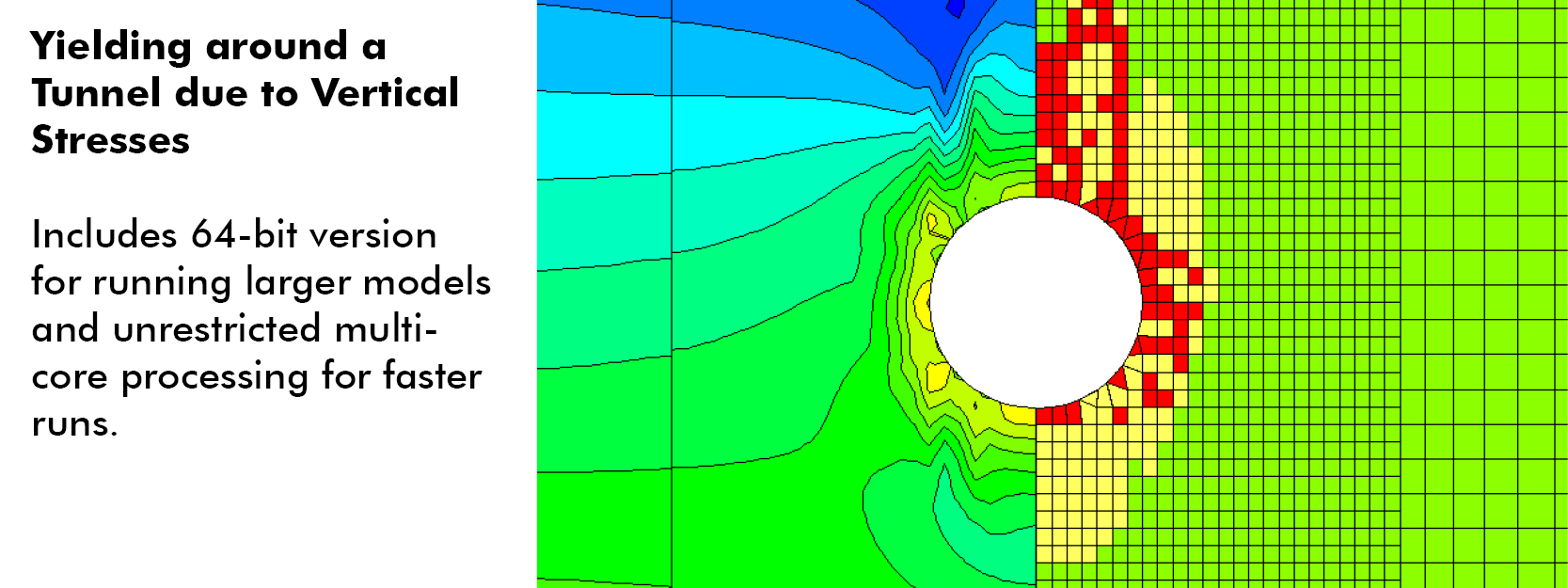
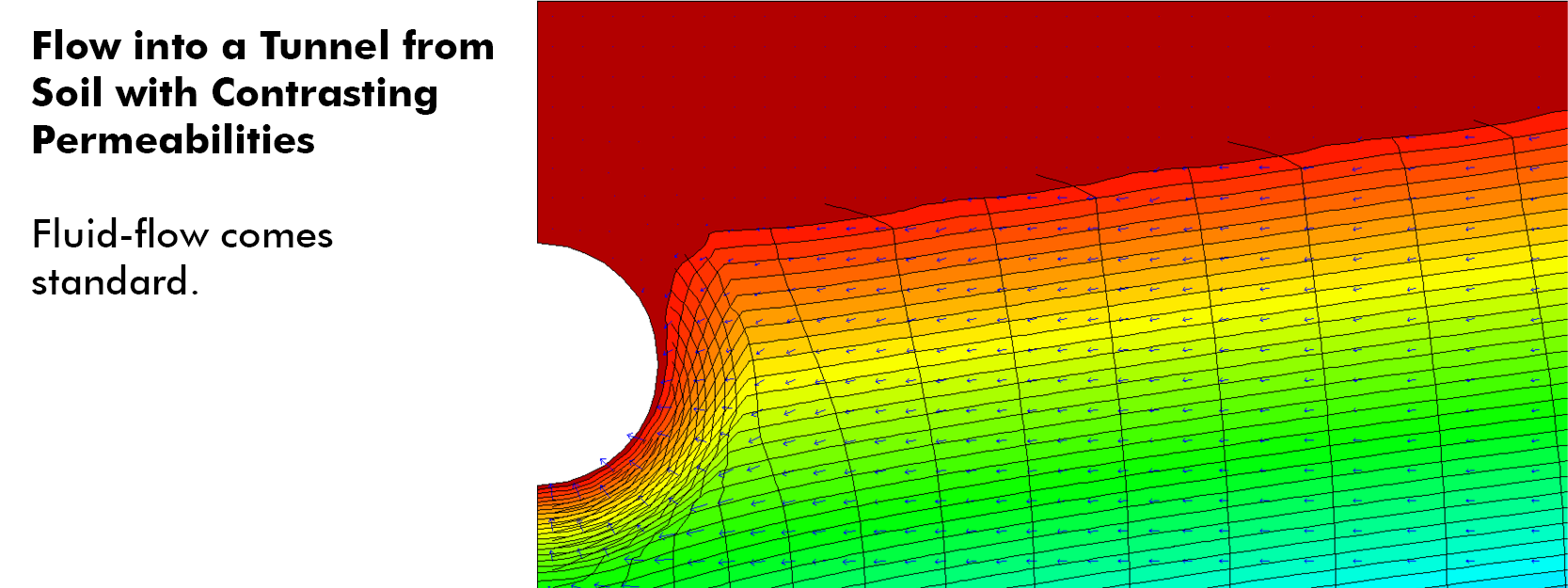
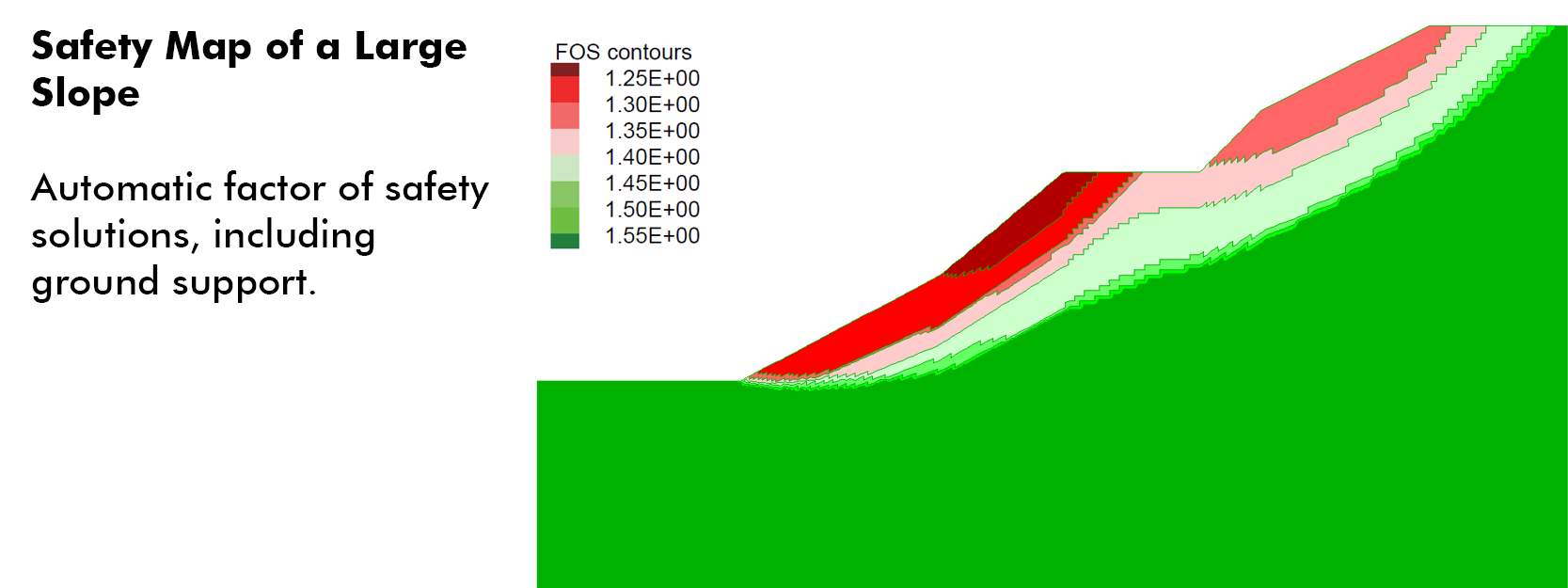
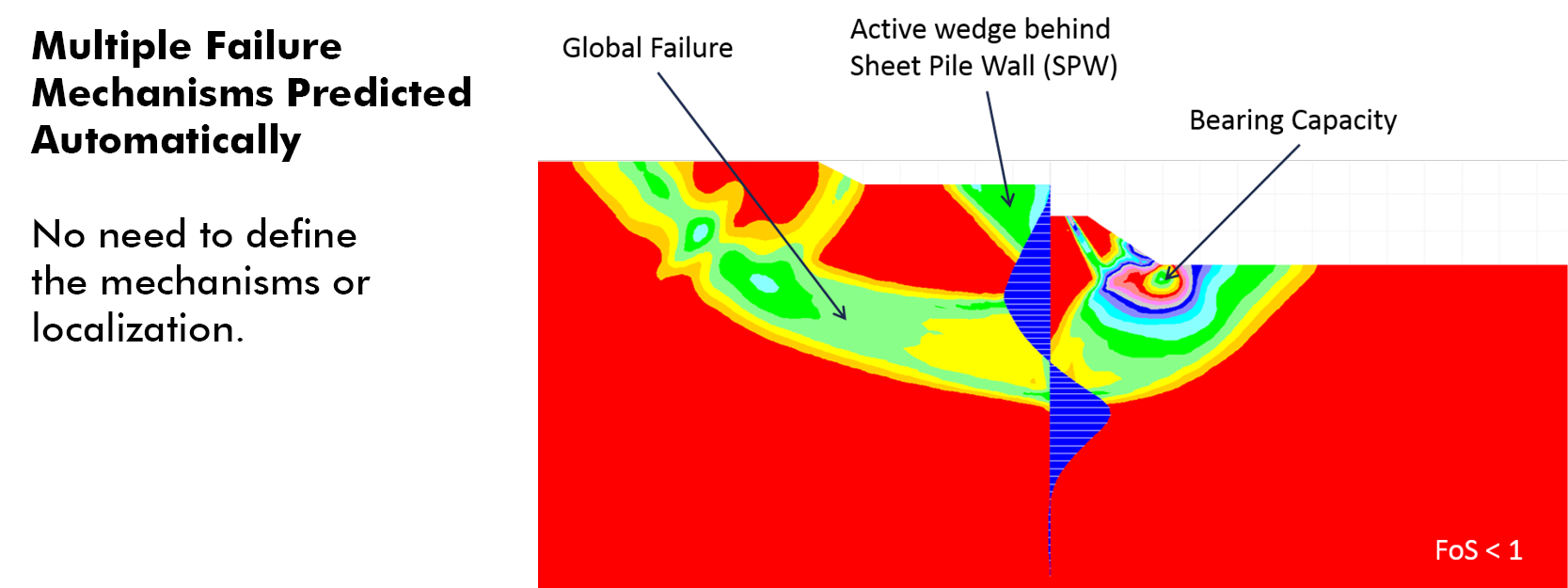
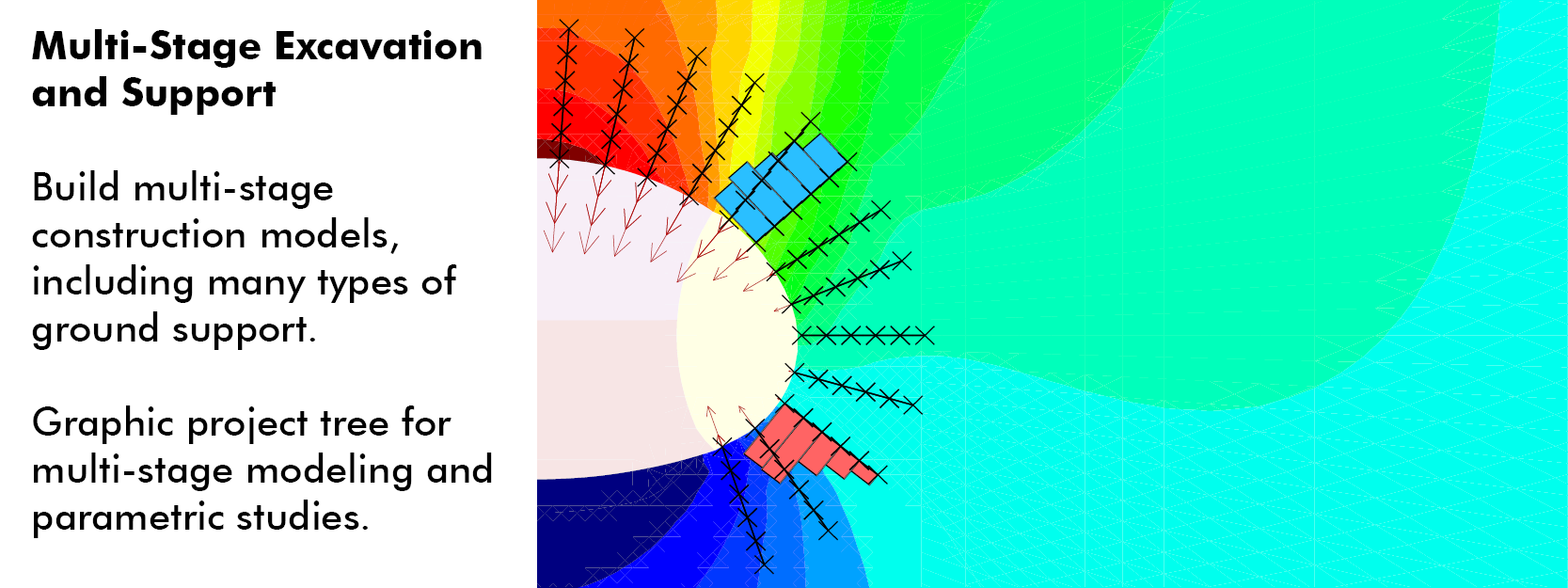
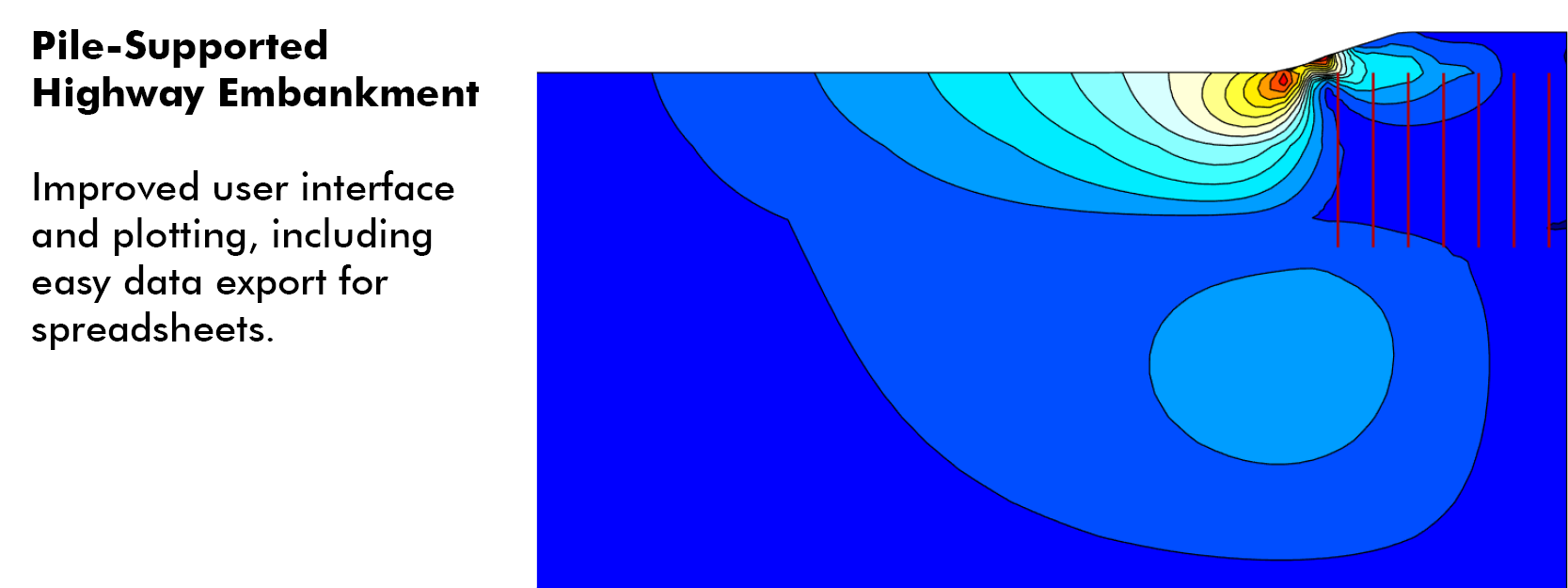
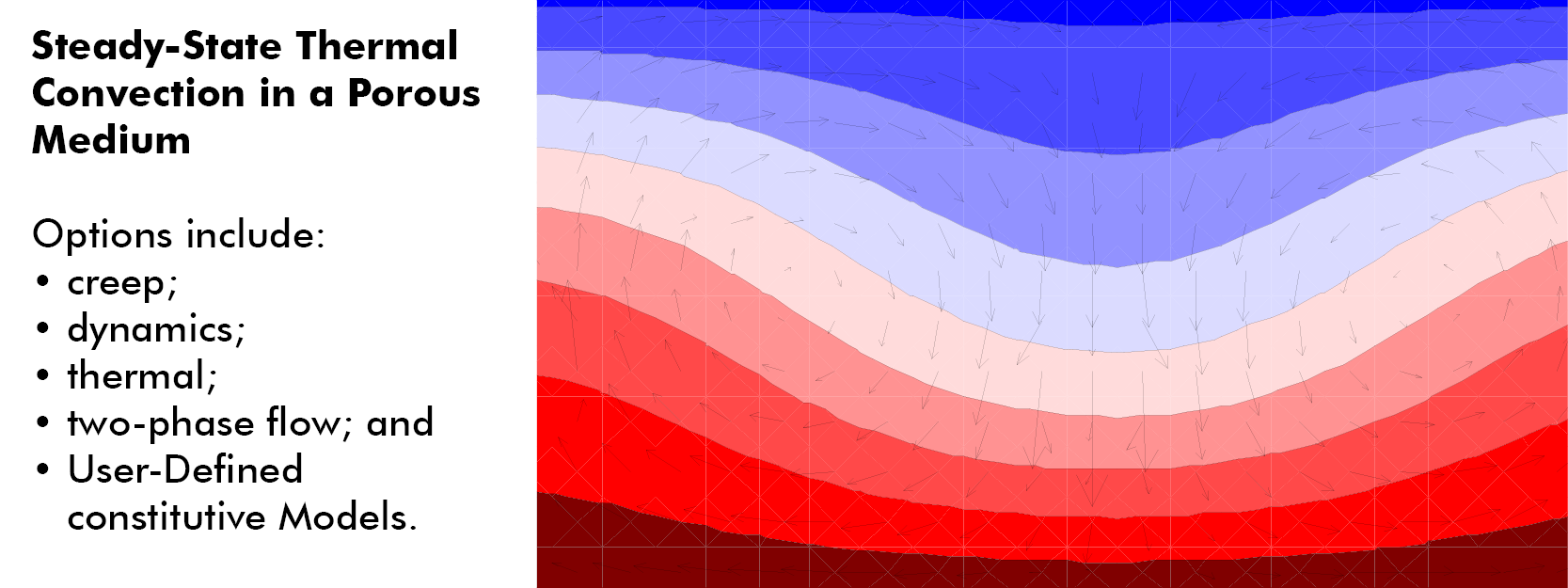
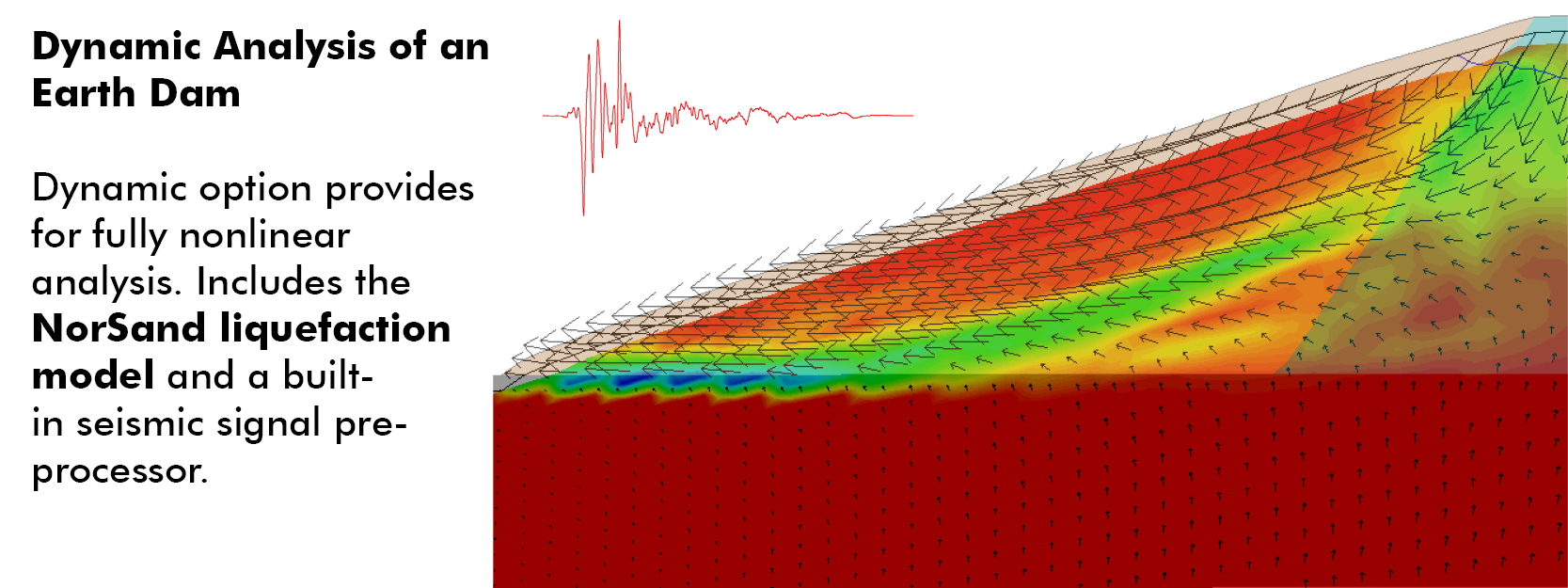
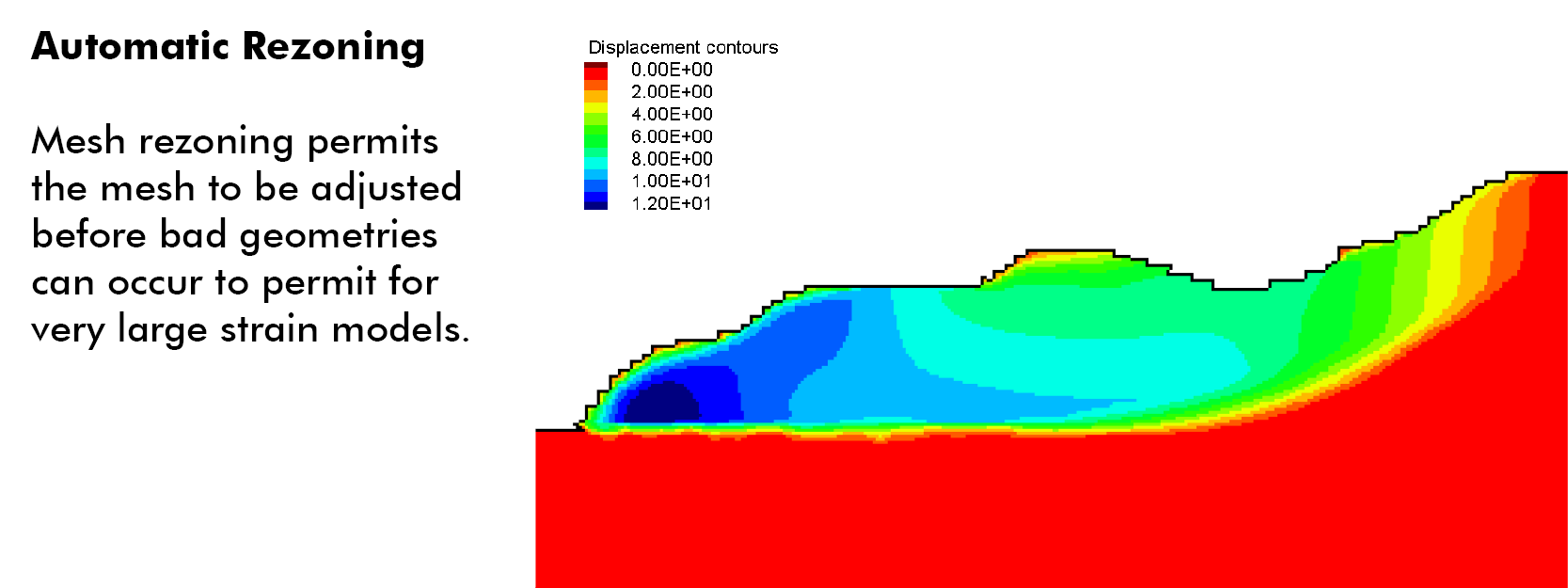
Applications
FLAC has been developed primarily for geotechnical engineering applications in the fields of civil, mining, oil and gas, and power generation. FLAC is also a valuable tool used for research in rock- and soil-mechanics, particularly of localisation and evolution of shear bands in frictional materials. FLAC has also been used in the manufacturing field where the analysis of highly deformable materials is needed.
The explicit, time-marching solution of the full equations of motion (including inertial terms) permits the analysis of progressive failure and collapse, which are particularly important phenomena for mine design and geotechnical construction.
Options
Options in FLAC are sold separately from the code licence, allowing users to extend the program’s capabilities as meets their own analysis needs.
Dynamic Analysis: Can be performed with FLAC using the optional dynamic calculation module. User-specified acceleration, velocity, or stress waves can be input directly to the model either as an exterior boundary condition or an interior excitation to the model.
Creep Analysis: This option can be used to simulate the behaviour of materials that exhibit time-dependent material behaviour.
Two-phase Flow: The two-phase flow option in FLAC allows numerical modelling of both fluid-flow and fully coupled simulations (with optional capillary pressure) of two immiscible fluids through porous media.
Thermal Analysis: The thermal analysis option in FLAC permits both conduction and advection to be incorporated into models.
C++ User Defined Constitutive Model: New constitutive models can be added to FLAC as DLLs that are written and compiled in C++.
Further Information
Further information on FLAC is available on the Itasca website including tutorials, features, options, and what's new in FLAC Basics. You can also try the FLAC Demo or download the brochure.


